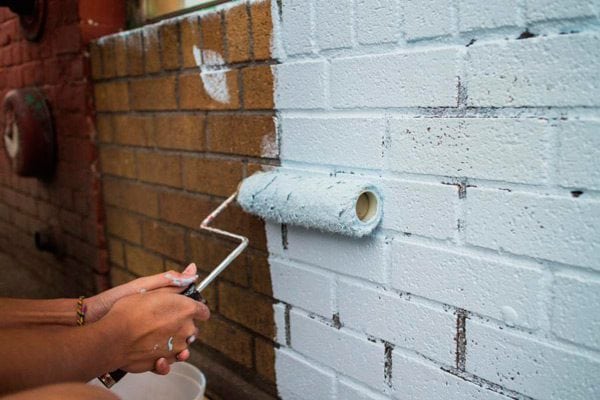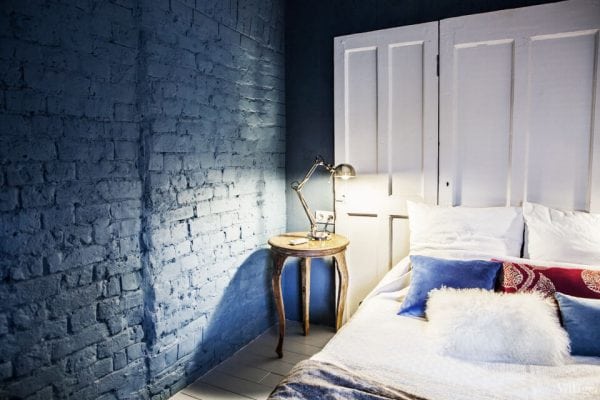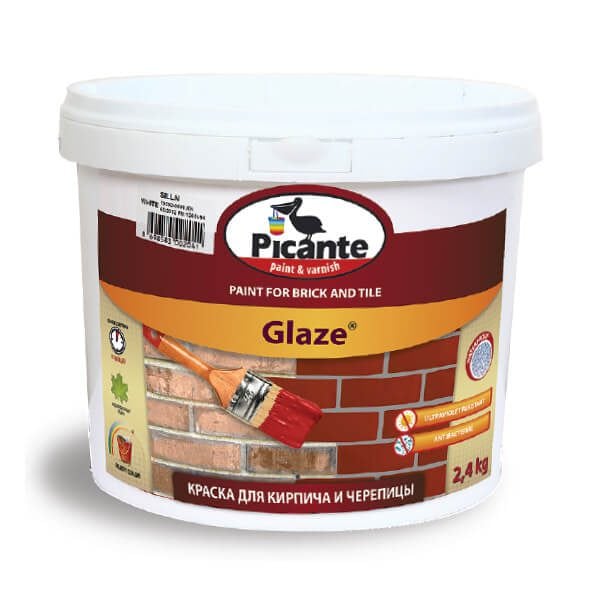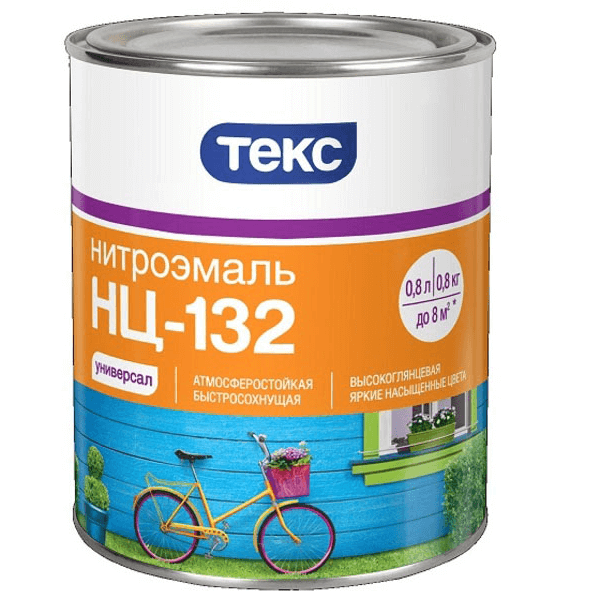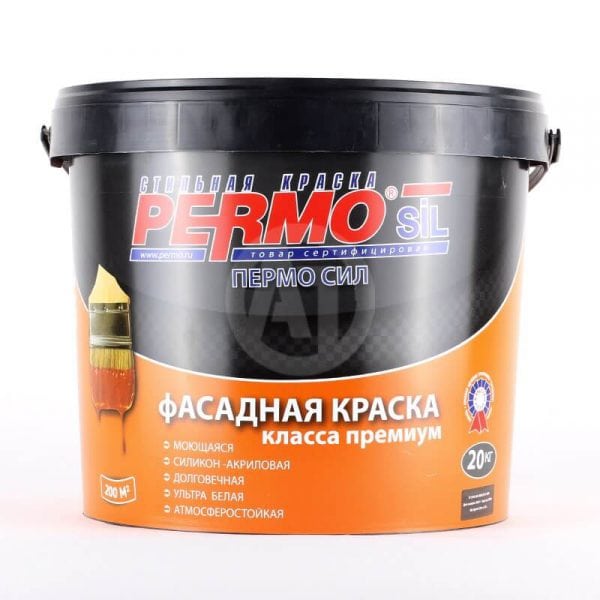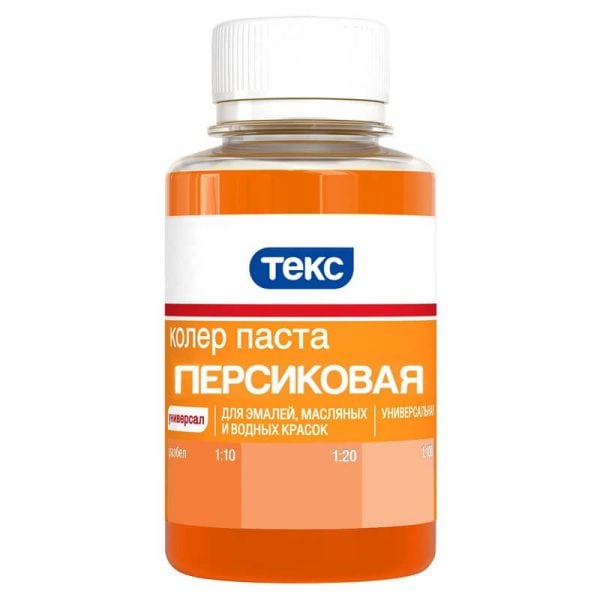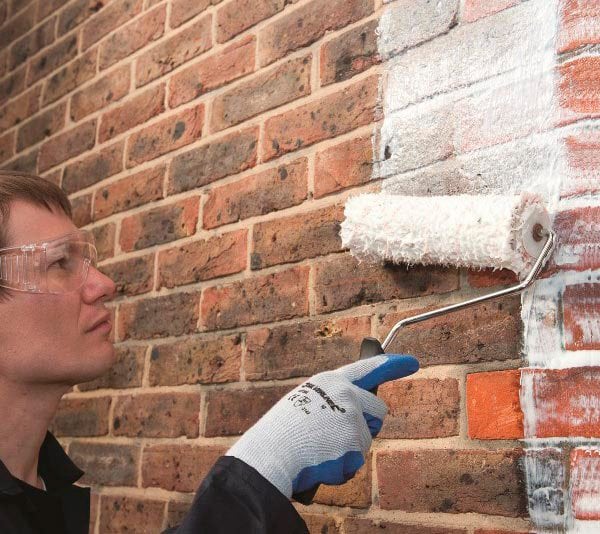Front brick, produced in various colors, shapes and qualities, as a rule, is beautiful in itself and does not need additional decoration. But over time, under the influence of the environment, it loses its decorative properties, fades, cracks. To restore the aesthetic appearance of the building will help paint for bricks.
- When it is necessary to paint a brick base
- Features of the choice of paints for brick surfaces
- Varieties of coatings
- Organically Soluble Nitro Enamels and Oil Dyes
- Water soluble
- Epoxy
- Mineral
- Silicone
- What to look for when buying paints and varnishes
- How to paint a brick surface
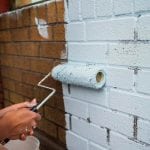
The use of paints and varnishes allows you to quickly restore the old, lost-looking brick balcony, to give a decent look to a cracked facade.
to contents ↑When it is necessary to paint a brick base
This is necessary if the facade of the house or a fence made of bricks:
- Covered with white coating (efflorescence). This salt particles come to the surface, which gradually destroy the brick base, making it brittle and brittle. It is impossible to wash off the salt. Before painting, it is necessary to treat the surface with a special acid-based agent.
- They lost their original aesthetic appearance (the color faded, ugly scuffs appeared).
- Partially collapsed. Before painting, plastering of damaged areas is necessary.
- Just tired, I wanted to change the general decor of buildings.
In these cases, brick paint will help strengthen the collapsing foundation, give the house and fence a decent look.
to contents ↑Features of the choice of paints for brick surfaces
In order for the brick to be painted qualitatively and retained its protective and decorative properties for a long time, it is necessary that the paint and varnish products meet a number of requirements:
- High adhesion. Coloring compositions must penetrate well into the structure of the material, providing reliable protection against temperature fluctuations and humidity. Especially this quality must be taken into account when carrying out facade work and painting the fence.
- Steam and water permeability. The paint should “breathe”, removing excess moisture from the brick surface, but not allowing it to completely dry. This quality will provide a comfortable atmosphere in the house.
- UV resistant. The dye should retain its color for a long time, not fade in the sun. The optimal period for updating the interior, facade or fence is every 5 years.
Varieties of coatings
For repair and restoration work, do-it-yourself paint can be used on brick on a water or organic basis. Water and organosoluble compounds have their advantages and disadvantages:
Organically Soluble Nitro Enamels and Oil Dyes
They penetrate well into the brick structure, are resistant to UV rays, but create a thin, durable water-repellent film on the surface that prevents the material from “breathing” and causes the formation of condensate.
In the interior of a residential building, it is not recommended to use organosoluble mixtures: the walls will damp, the internal microclimate of the premises will be disturbed. Well suited for painting the facade, brick balcony and fence, give full protection against atmospheric phenomena, do not fade, but are toxic.
Water soluble
These paints are very durable, they are used for painting walls on the outside. They can even carry out painting of a brick pipe of stove heating or gas heating draft, as well as finishing work inside the house. Suitable for simple, silicate and gypsum bricks or gypsum tiles (brick imitation).
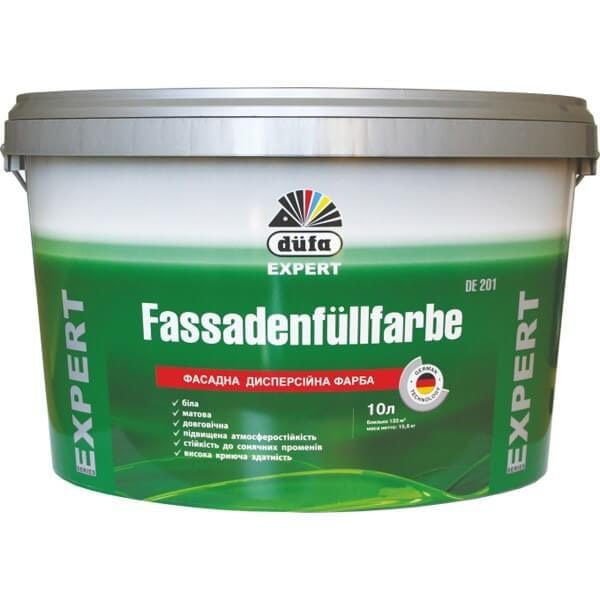
They have good vapor permeability, providing complete water and gas exchange between the atmosphere and the surface. Non-toxic, fireproof, they can decorate the interior indoors. They can be produced with heat-resistant qualities.
If the tile coating is ceramic, you need to look towards specialpaints for tiles.
to contents ↑Epoxy
They have various qualities. Depending on the constituent resins, they can be toxic and non-toxic. They are distinguished by increased adhesive properties and strength, but are weakly resistant to atmospheric phenomena. Painting a brick wall made of gypsum brick or tile for interior decoration indoors can guarantee the quality and durability of the coating. They can paint the covered balcony from the inside.
to contents ↑To increase weather-resistant properties, such dyes can be varnished. For living rooms, it is advisable to select non-toxic solutions, carefully reading the composition and scope on the package.
Mineral
Cement-based brick paint is well suited for facade work, for decorative painting of a facade, balcony or fence. It has high water and heat resistance, is able to withstand the onslaught of heavy rains and temperature changes, reliably protecting the fence or facade of the building from destruction. For interior decoration rarely used.
Silicone
Choosing how to paint a brick or decorative tile with low adhesive properties (usually silicate products), it is better to dwell on silicone mixtures that fit well on a smooth surface, do not fade for a long time. They can be produced with heat-resistant properties - for decorating stoves and fireplaces in the interior.
to contents ↑What to look for when buying paints and varnishes
In order for the fence to please you with its presentable appearance for a long time, and the balcony and walls of the house outside do not crack, requiring repeated repairs, you need to choose the right cover. When choosing how to paint a brick with your own hands, it is important to take into account:
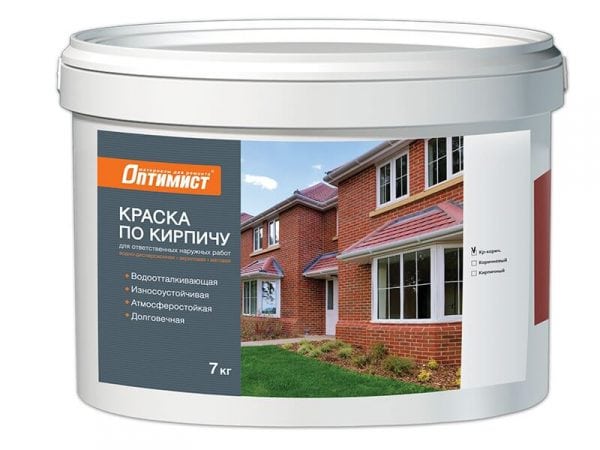
- Thrift. Consumption for different types of surfaces (brick, gypsum, ceramic tile) and depending on the properties of the paintwork will vary.
- Convenience. A quality mixture fits well on walls or tiles, convenient to work with.
- Drying speed. This quality is important when conducting outdoor work, when precipitation can spoil the dry paintwork. For interior decoration inside buildings, this quality does not play a big role.
- To maintain a decorative look for a long time, the paint should be well cleaned. Painted surfaces should be easily cleaned of dirt, washed with water. To impart such qualities, some dyes can be varnished.
- Tinting opportunity. Is it possible to give an additional shade to the paint mixture using colorings. Some formulations do not allow this possibility.
- Lightfastness, resistance to UV rays. This quality is especially necessary to take into account when carrying out work outside (painting a balcony, facade or fence). The use of dyes with poor light fastness can lead to the fact that buildings quickly lose their beautiful appearance. When working on interior design, light resistance is selected taking into account the shading of the premises.
- Heat resistance. For outdoor work it is necessary to use frost-resistant paints, for the design of stoves and fireplaces in the interior of the house you need heat-resistant dyes. Heat resistant paints must be used for stove and chimney pipes.
- Resistance to external influences. Coloring compounds should reliably protect the walls, balcony or fence from damage and environmental influences. Reflective properties (matte or glossy). Matte is well suited for gypsum tiles or well-aligned brick walls. The fence or balcony of the house painted with such a construction mixture will not look aesthetically pleasing, irregularities will become visible. Such defects can be easily hidden with glossy dyes.
How to paint a brick surface
On a brick base, like on any other surface, when repairing with your own hands, dyes can be applied:
- brush - suitable for painting hard-to-reach spots, on large areas, such painting is ineffective and time-consuming;
- with a roller - well suited for work on a level foundation, provides quick application and economical consumption of material (flat fence, gypsum tile);
- spray gun, providing a uniform distribution of dye on the basis and speed of work.
Decorative and restoration measures for brick and plaster foundations or tiles are done by yourself. For this:
- The walls are well dried, cleaned of contaminants and, if the repair is repeated, from the old finish.
- Traces of efflorescence, fungus or mold are cleaned (you can do this with a metal brush), then they are processed with special compounds.
- The brick base is washed with clean water without the addition of detergents, then dried.
- If it is required to apply a primer base under a coloring solution, then priming must be carried out before painting.
- Prepare the paint (stir, dilute if necessary, add color), then proceed with staining.
- It is necessary to work with dyes outdoors in warm, dry weather, and the room should be well ventilated.
- If necessary, if the mixture is toxic, use protective equipment (goggles, respirator, gloves).
- The paint solution is applied evenly to the surface and left to dry.
- If the first layer did not hide all the flaws of the wall, then the paint application procedure must be repeated.
With the right selection, taking into account all operational characteristics and external influence, as well as with full observance of all stages of decorative restoration work, the facade, fence or interior of the house will be pleased with its fresh bright appearance for a long time, and they will need subsequent repair only after 3-5 years .

